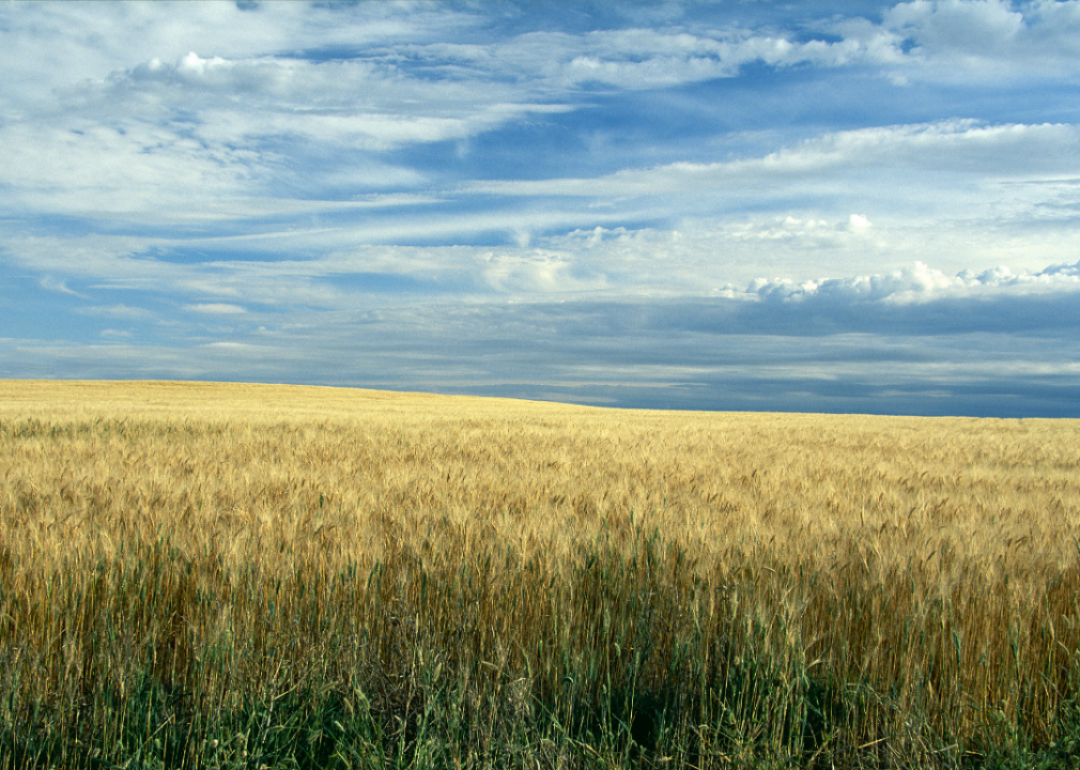
Counties with the most farmland in North Carolina
Farmland across the U.S. is disappearing by the millions of acres each decade by some estimates as sprawling urban development driven by rising housing costs pushes further into rural pastures.
The farmland that still exists in the U.S. is heavily dedicated to growing plants that Americans can't consume—grass. That grass, accounting for more than 300 million acres now, feeds our livestock, provides sod for new development, and serves as a cover crop to protect soil health between harvests.
Demand for major crops like corn and soybeans to feed Americans is only forecast by the USDA to grow in the coming decade, and demand for U.S. agricultural exports is expected to grow similarly.
The COVID-19 pandemic dramatically changed the way people purchased and consumed food, placing renewed attention on an increasingly consolidated agricultural industry where family farms have been swallowed up by large food corporations.
And after shifting behaviors caused massive economic swings in the U.S. and elsewhere, the Russian invasion of Ukraine forced food producers to once again account for yet another shock with so much of the world's grain capital taken offline by warfare.
War and corporate interests aside, farms have also had to reckon with a changing climate. Wheat fields were once commonplace across the country, but drought conditions of late have caused farmers to give up growing the crop entirely. Agitated by climate change, the shortage of water in parts of the country coupled with higher interest rates and the ongoing war in Ukraine are making agricultural businesses harder to run profitably.
To illustrate where American farms still persevere, Stacker compiled a list of counties with the most farmland in North Carolina using data from the Agriculture Department's Farm Service Agency. Farmers reported the data as mandated by participation in USDA income support programs, including Agriculture Risk Coverage and Price Loss Coverage as well as loan assistance. Counties are ranked by total acres of farmland.
In North Carolina, there are 5,002,250 acres of farmland, with common soybeans being the most common crop.

#25. Stanly
- Farmland: 77,509 acres (1.5% of state total)
- Farms: 1,794
- Most common crop: Common soybeans (17,146 acres, 22.1% of county farmland)

#24. Tyrrell
- Farmland: 78,780 acres (1.6% of state total)
- Farms: 416
- Most common crop: Common soybeans (35,856 acres, 45.5% of county farmland)

#23. Perquimans
- Farmland: 81,629 acres (1.6% of state total)
- Farms: 913
- Most common crop: Common soybeans (41,885 acres, 51.3% of county farmland)
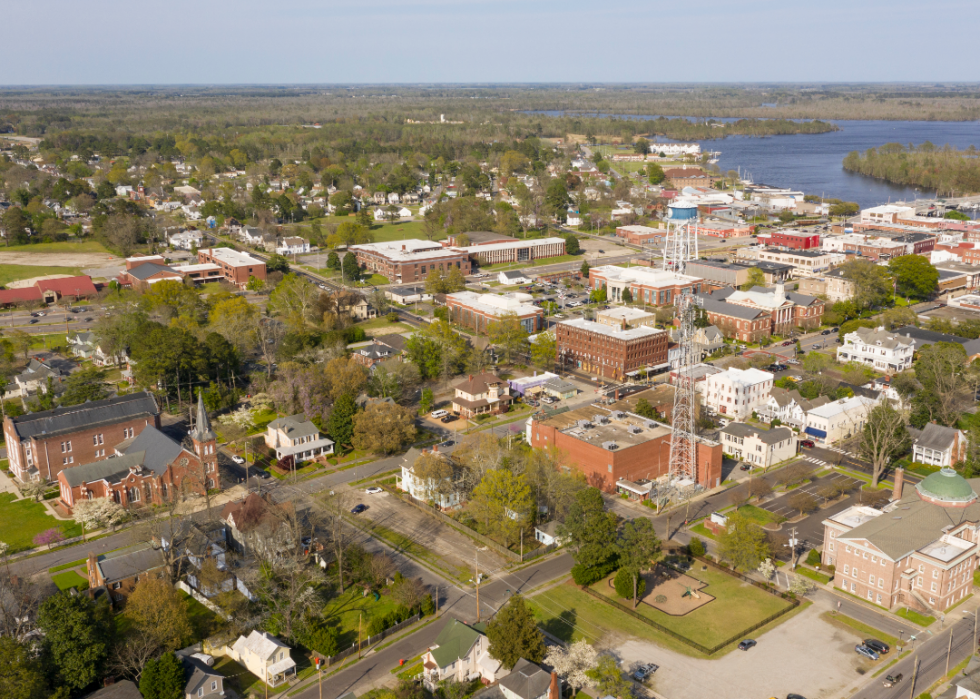
#22. Pasquotank
- Farmland: 85,386 acres (1.7% of state total)
- Farms: 710
- Most common crop: Common soybeans (50,511 acres, 59.2% of county farmland)

#21. Hyde
- Farmland: 86,890 acres (1.7% of state total)
- Farms: 637
- Most common crop: Common soybeans (30,916 acres, 35.6% of county farmland)

#20. Washington
- Farmland: 88,341 acres (1.8% of state total)
- Farms: 630
- Most common crop: Common soybeans (40,999 acres, 46.4% of county farmland)
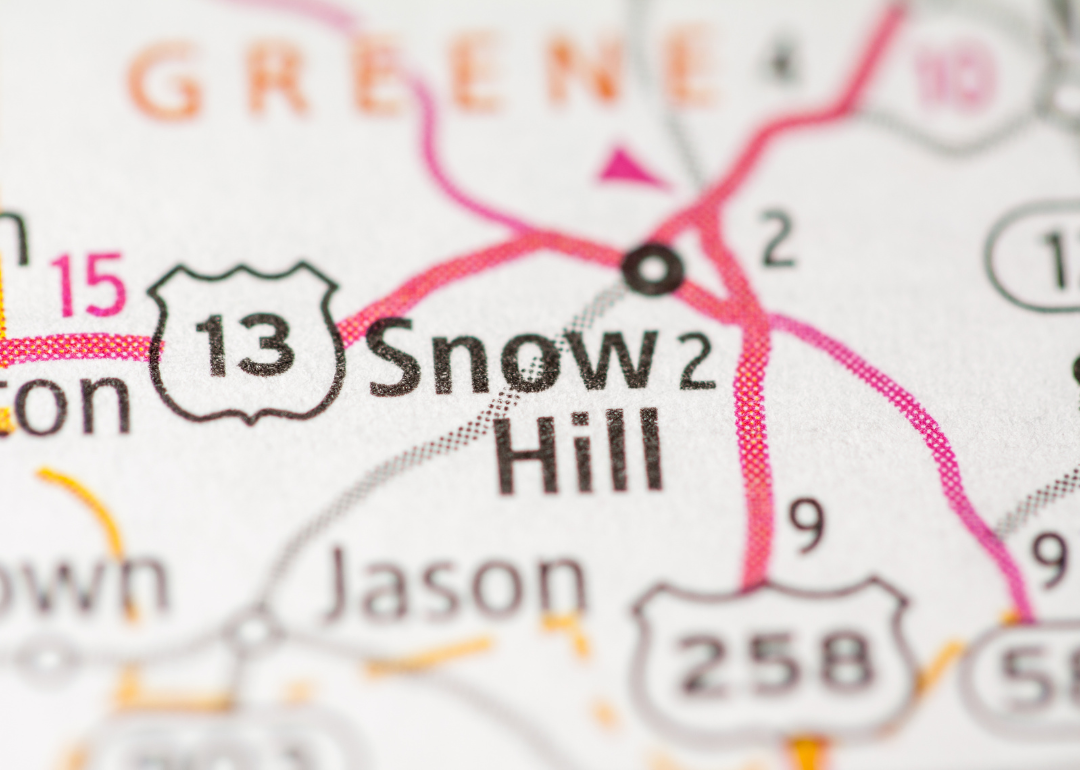
#19. Greene
- Farmland: 91,216 acres (1.8% of state total)
- Farms: 1,158
- Most common crop: Common soybeans (32,031 acres, 35.1% of county farmland)

#18. Harnett
- Farmland: 92,106 acres (1.8% of state total)
- Farms: 1,703
- Most common crop: Common soybeans (22,717 acres, 24.7% of county farmland)

#17. Lenoir
- Farmland: 98,203 acres (2.0% of state total)
- Farms: 1,488
- Most common crop: Common soybeans (38,863 acres, 39.6% of county farmland)
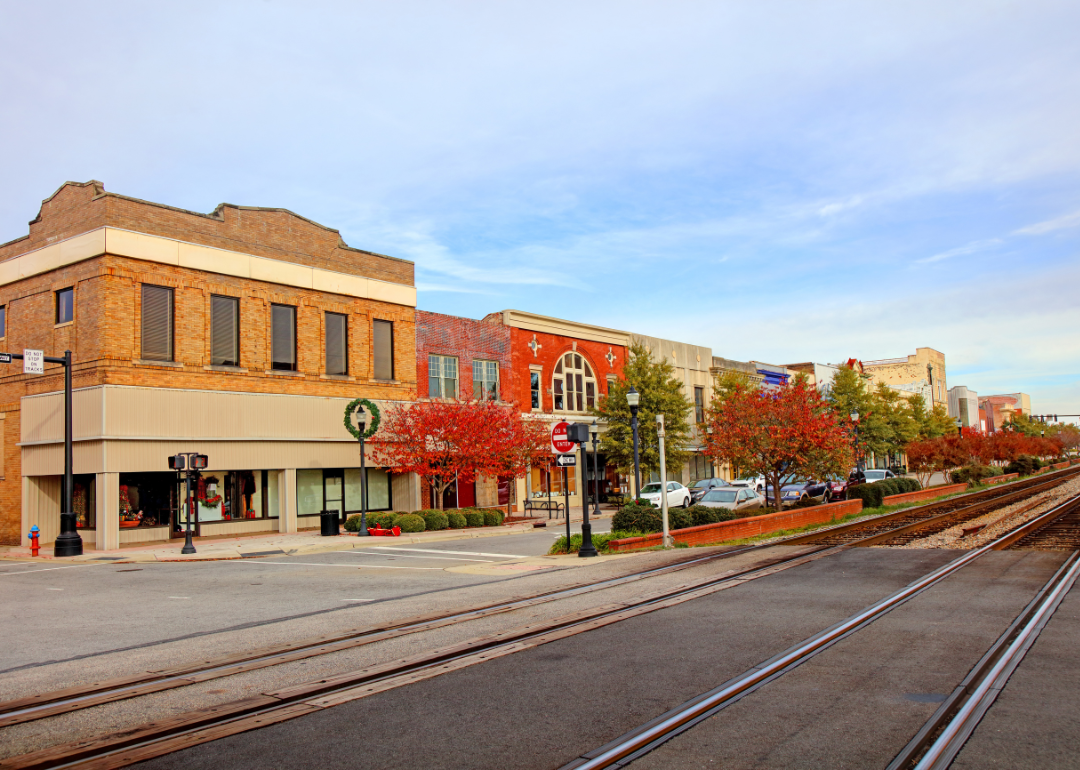
#16. Nash
- Farmland: 105,356 acres (2.1% of state total)
- Farms: 1,329
- Most common crop: Common soybeans (28,024 acres, 26.6% of county farmland)

#15. Martin
- Farmland: 106,261 acres (2.1% of state total)
- Farms: 1,341
- Most common crop: Cotton upland (31,722 acres, 29.9% of county farmland)

#14. Wilson
- Farmland: 108,676 acres (2.2% of state total)
- Farms: 1,419
- Most common crop: Common soybeans (37,579 acres, 34.6% of county farmland)

#13. Johnston
- Farmland: 110,374 acres (2.2% of state total)
- Farms: 2,969
- Most common crop: Common soybeans (46,186 acres, 41.8% of county farmland)
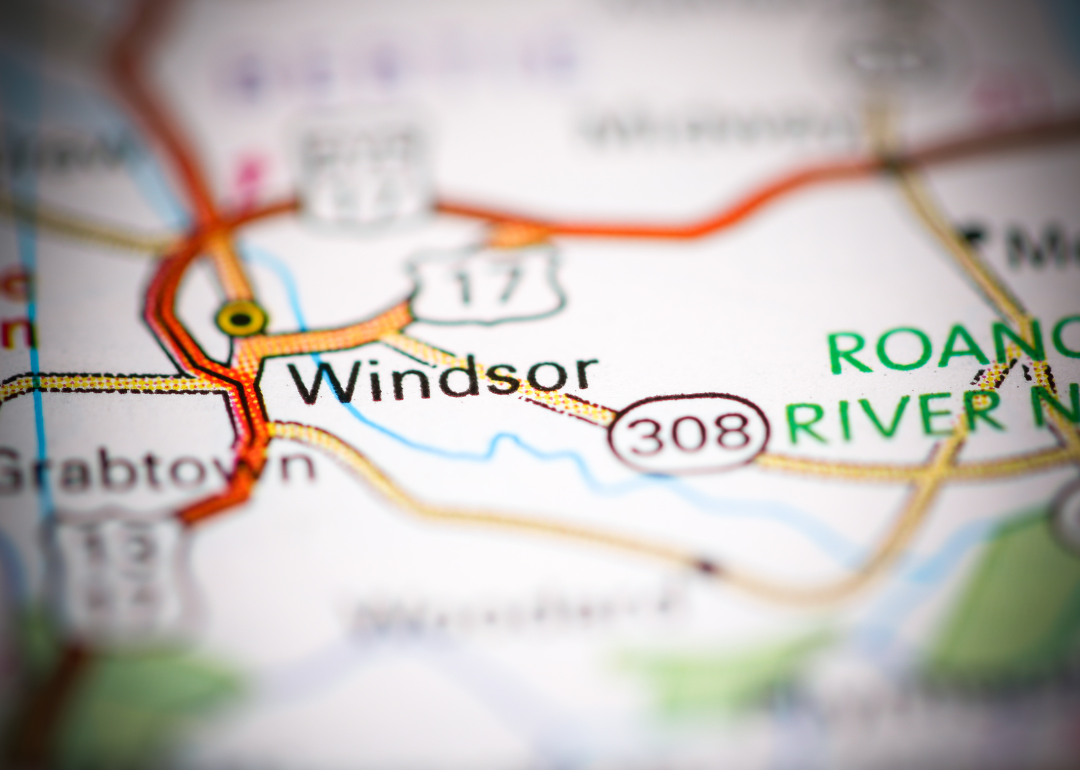
#12. Bertie
- Farmland: 134,874 acres (2.7% of state total)
- Farms: 1,310
- Most common crop: Cotton upland (38,268 acres, 28.4% of county farmland)
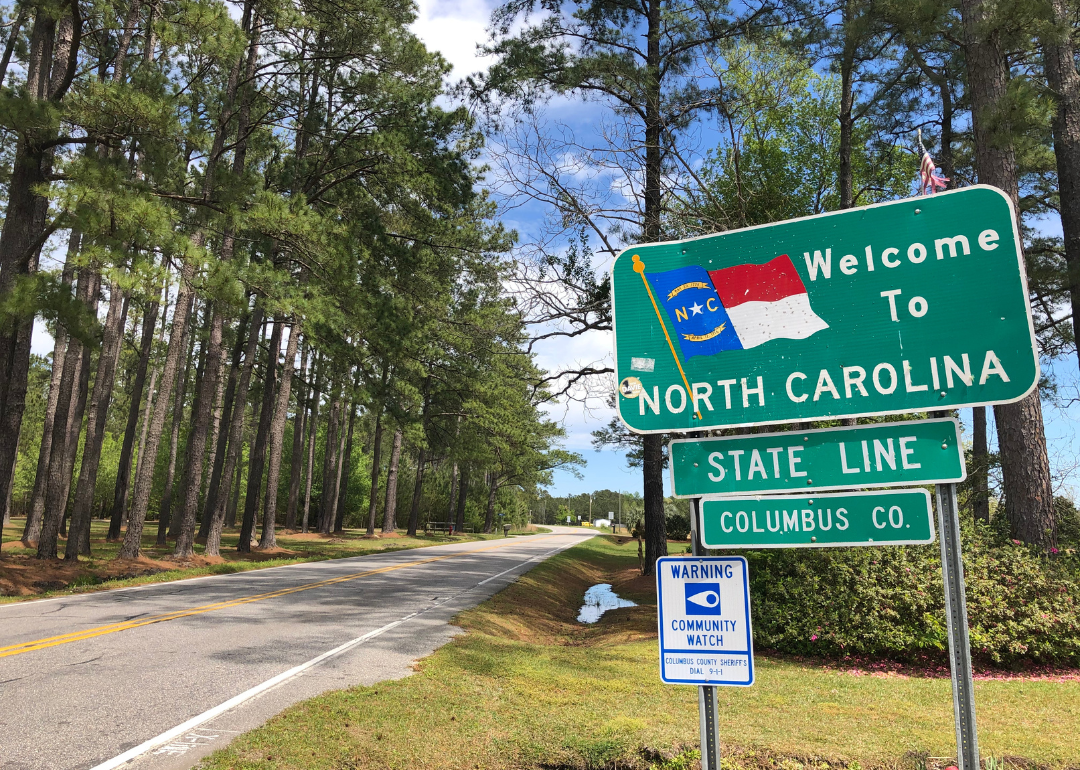
#11. Columbus
- Farmland: 136,588 acres (2.7% of state total)
- Farms: 2,920
- Most common crop: Common soybeans (60,191 acres, 44.1% of county farmland)

#10. Pitt
- Farmland: 137,457 acres (2.7% of state total)
- Farms: 1,836
- Most common crop: Common soybeans (54,727 acres, 39.8% of county farmland)

#9. Edgecombe
- Farmland: 143,915 acres (2.9% of state total)
- Farms: 1,189
- Most common crop: Common soybeans (41,865 acres, 29.1% of county farmland)

#8. Beaufort
- Farmland: 144,755 acres (2.9% of state total)
- Farms: 1,530
- Most common crop: Common soybeans (70,405 acres, 48.6% of county farmland)
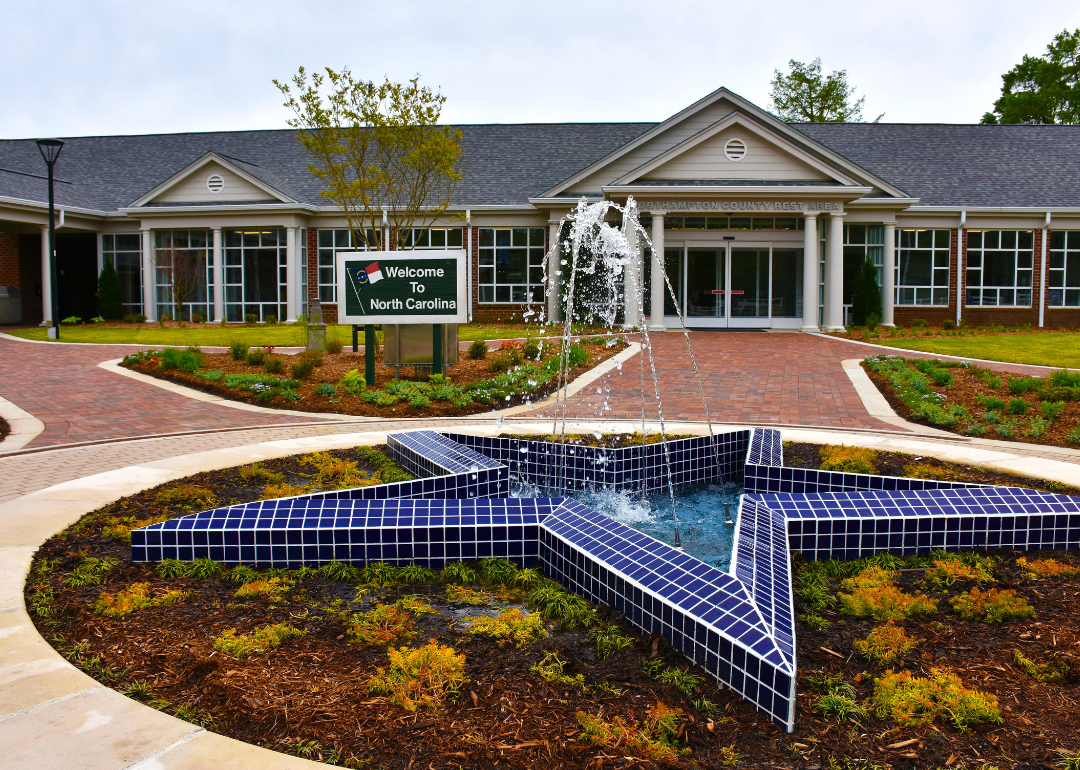
#7. Northampton
- Farmland: 145,158 acres (2.9% of state total)
- Farms: 1,386
- Most common crop: Common soybeans (34,244 acres, 23.6% of county farmland)

#6. Wayne
- Farmland: 145,499 acres (2.9% of state total)
- Farms: 2,588
- Most common crop: Common soybeans (53,649 acres, 36.9% of county farmland)

#5. Union
- Farmland: 150,885 acres (3.0% of state total)
- Farms: 2,172
- Most common crop: Common soybeans (62,004 acres, 41.1% of county farmland)

#4. Halifax
- Farmland: 169,864 acres (3.4% of state total)
- Farms: 1,276
- Most common crop: Cotton upland (48,118 acres, 28.3% of county farmland)
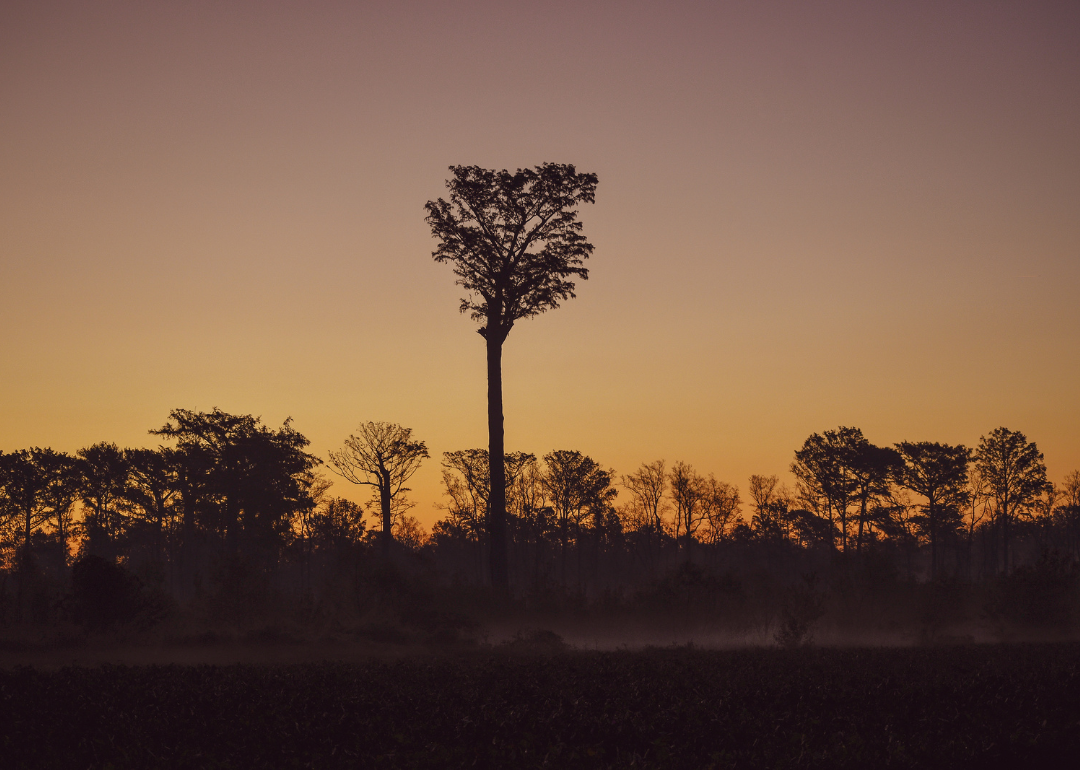
#3. Duplin
- Farmland: 175,840 acres (3.5% of state total)
- Farms: 2,827
- Most common crop: Common soybeans (57,649 acres, 32.8% of county farmland)
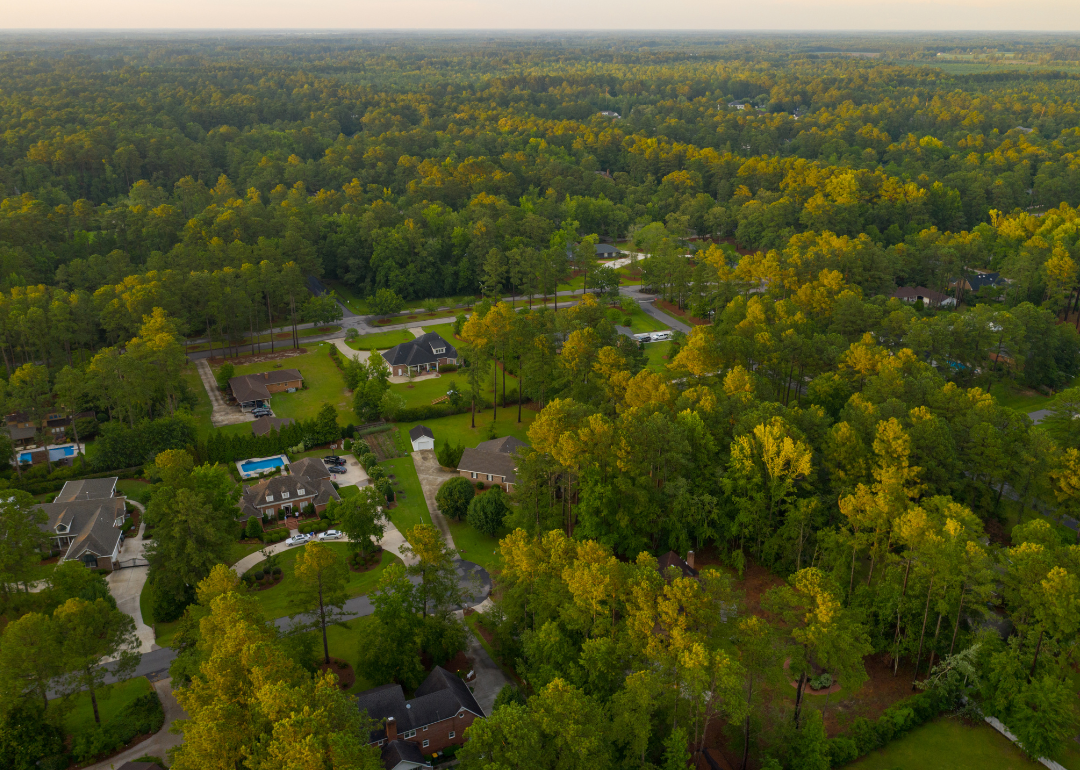
#2. Robeson
- Farmland: 211,660 acres (4.2% of state total)
- Farms: 3,208
- Most common crop: Common soybeans (81,039 acres, 38.3% of county farmland)

#1. Sampson
- Farmland: 218,504 acres (4.4% of state total)
- Farms: 3,137
- Most common crop: Common soybeans (61,144 acres, 28.0% of county farmland)



